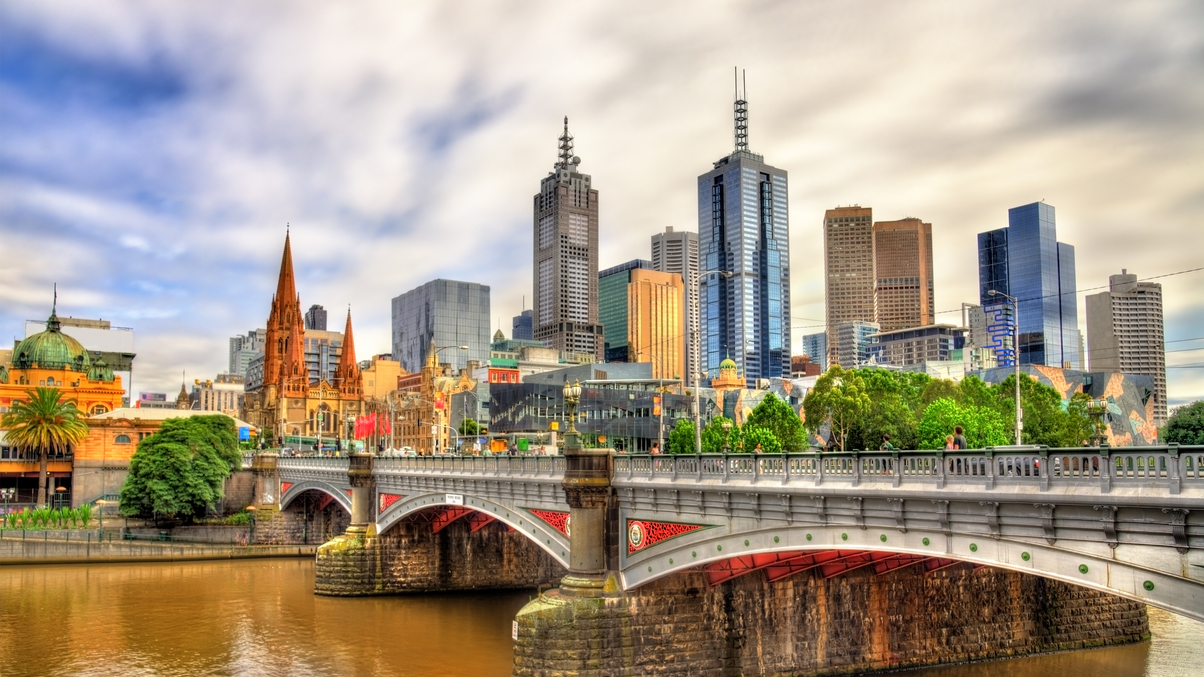Future Fund targets private markets to boost returns
The sovereign wealth fund plans to utilise its global sourcing network to access private equity and other illiquid assets to boost returns within a conservative risk framework.

Australia’s Future Fund intends to increase its private markets exposure to boost returns and help offset what is likely to be a period of deteriorating performance for equities and bonds.
Sign In to Your Account
Access Exclusive AsianInvestor Content!
Please sign in to your subscription to unlock full access to our premium AI resources.
Free Registration & 7-Day Trial
Register now to enjoy a 7-day free trial—no registration fees required. Click the link to get started.
Note: This free trial is a one-time offer.
¬ Haymarket Media Limited. All rights reserved.


